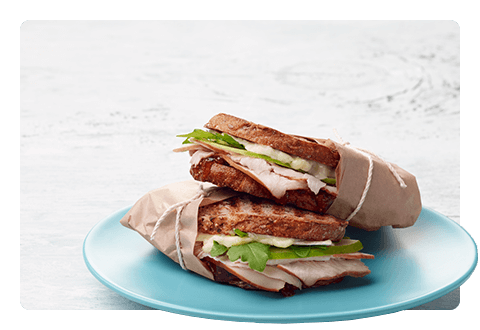How to Sanitize Your Cleaning Supplies
Cleanliness is a factor that can affect where diners decide to eat out. In a restaurant, paying attention to maintaining supplies, which can spread dirt and germs if not properly sanitized, is as important as maintaining the surfaces they clean.
The frequency of sanitation matters too, especially if purchasing new cleaning supplies is a challenge given the lack of supplier inventory and availability. Operators should sanitize their supplies often and communicate these measures to customers, as 40% say they want to see signage about an operation’s sanitation and food safety procedures.
To properly wash your tools, follow these tips:
- Sponges and brushes: Run them under hot water and hang them vertically to dry. At least once a week, but potentially daily, sponges and brushes should soak in a solution of one gallon of hot water and half a cup of bleach. Let the tools sit for 5–10 minutes before air-drying. Dispose of any sponges that emit a strange odor (it might be bacteria) or brushes with split bristles.
- Mopheads: Rinse them with hot water. For cotton and microfiber mopheads, run them through a washing machine with a powerful detergent and some bleach and let them air-dry. For fabric mopheads that can’t be detached from the handle, mix hot water and heavy detergent in a bucket or sink, letting the mophead absorb the solution for about 15 minutes. Gently shake it in the mixture until any dirt comes loose. Rinse the mophead and let it drip until dry.
- Brooms: Tap the head of the broom against an outdoor ledge to shake away any residue. To further cleanse the broom, dip it in a container filled with two teaspoons of dishwasher detergent and hot water. Afterward, rinse it with cold water. Dry the broom by hanging it with the bristles facing downward, letting the excess water drip.
- Dusters: Shake the duster outdoors and tap it against a surface to loosen any dirt. Swirl the duster in a mix of warm water and dishwashing liquid, then run it under warm water until the soap disappears. Squeeze out the water and let the duster air-dry.
- Vacuums: Use a wet cloth and soap to wipe down the vacuum’s body, hose and attachment pieces. Swap out the bags as frequently as needed.
Maintaining your tools is a detail that can get lost among other matters, but investing the time and effort reaps many benefits, such as trimming the expenses of needlessly replacing supplies. Most importantly, however, being diligent—as well as transparent—about cleaning procedures offers patrons the peace of mind they want.
How does your operation sanitize its cleaning supplies? Share your practices with us on Facebook or LinkedIn. For more solutions to implement in your operation, visit our Tips page.
SOURCES
Hands off Report, Datassential, 2020.
Leverette, Mary Marlowe. How to Clean Your Cleaning Supplies, The Spruce, March 2019.
Churchill, Alexandra. How to Clean Your Cleaning Supplies, Martha Stewart, 2015.

























